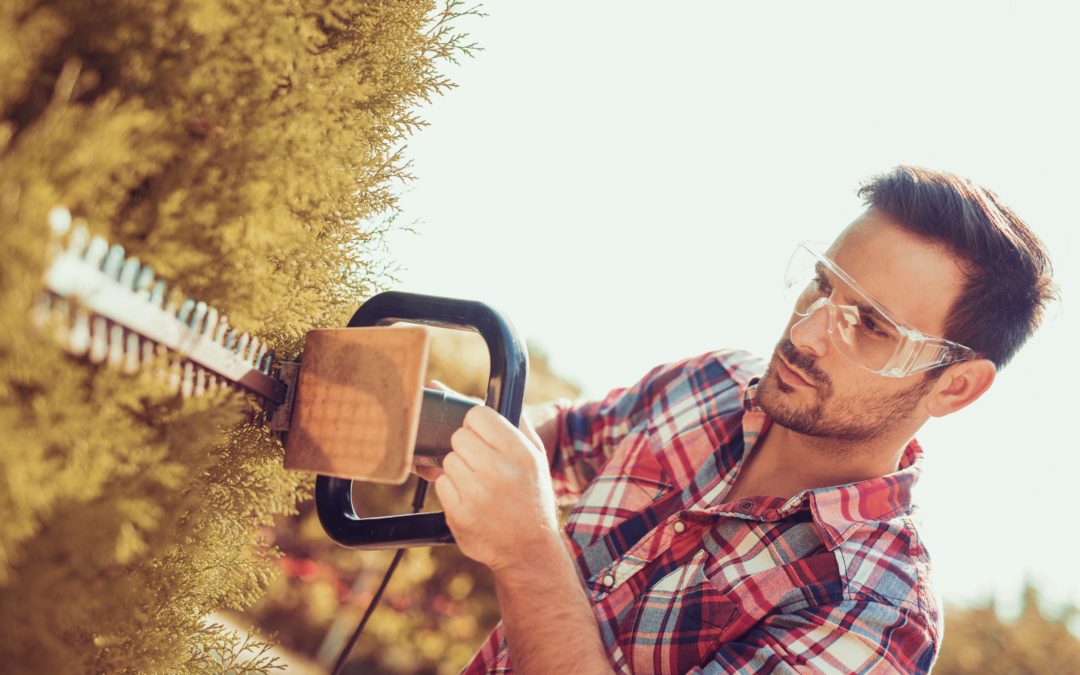Don’t believe your family yards needs attention in the fall? Autumn is no time to ignore your lawn and landscape.
“What you do now will determine the quality of your family yard next spring and summer,” said Kris Kiser, president and CEO of the Outdoor Power Equipment Institute (OPEI), the international trade association representing more than 100 power equipment, engine and utility vehicle manufacturers and suppliers.
“People know to plant flower bulbs in the fall, but this time of year is perfect for mowing, mulching, aerating, trimming and patching your yard,” said Kiser. “After all, your living landscape does a lot for you. It produces oxygen, reduces the urban heat island effect, filters and captures runoff, improves air quality, controls erosion, absorbs carbon dioxide, and supports biodiversity. You benefit when your yard is in top shape.”
OPEI offers the following tips to make sure your yard is ready for relaxing and fun outdoor activities next year.
- Keep mowing. Grass still needs regular care to stay healthy. Grass that is too high may attract lawn-damaging field mice. Shorter grass is more resistant to diseases and traps fewer falling leaves. Cutting the grass low allows more sun to reach the crown of the grass, so less leaf will turn brown in the winter. However, cutting off too much at one time can be damaging, so never trim more than a third of the grass blades off in a single cutting. Put mower blades on the lowest settings for the last two cuts of the season.
- Aerate your lawn. Compressed soil hurts grass health. Aerating punches holes into the soil and lets oxygen, water and nutrients into a lawn. Use a walk-behind aerator or get an attachment to pull behind a riding mower.
- Mulch your leaves. Many mowers can mulch leaves with an attachment. Since mulching with a mower can mix grass clippings with leaf particles, these nitrogen-rich grass particles and carbon-rich leaf particles will compost more quickly. Together, they return nutrients to the soil.
- Trim and shore up trees and bushes. Use trimmers, chainsaws or pole pruners to cut back trees, shrubs and plants. Make sure branches are safely trimmed back from overhead lines, and not in danger of falling on a structure in winter weather. You may need to tie or brace limbs of upright evergreens or plants to prevent them from breaking in high winds or snow. Call a professional arborist for big trees or hard to reach spots.
- Repair bald spots. Fall is a great time to patch bald or thin spots in a lawn. The easiest way to do this is with an all-in-one lawn repair mixture (found at most garden shops and home centers). Use a garden rake or de-thatcher to scratch loose the soil on the spot.
Kiser also said it is important to follow safety procedures whenever using outdoor power equipment.
“Read your owner’s manual,” he added. “It will describe the individual requirements for your particular machine, and will provide directions on which fuels may be appropriate for your product. You may begin to see fuels higher than 10% ethanol being offered soon, so, remember ‘look before you pump.’” Fuels containing more than 10% ethanol — such as E15 (15% ethanol) — should not be used in outdoor power equipment unless directed in the owner’s manual. Most gas-fueled outdoor power equipment is warranted and designed to run on E10 (10% ethanol) fuel or less.
“And, drain fuel tanks before storing equipment for the winter,” he said. “Fuel more than 30 days old isn’t good for machines. Also service and winterize your lawn mower, string trimmer, leaf blower, and other outdoor power equipment before storing so it’s ready to get jobs done.”
For information on safe fueling go to www.LookBeforeYouPump.com. For tips on outdoor power equipment safety, go to www.opei.org.

